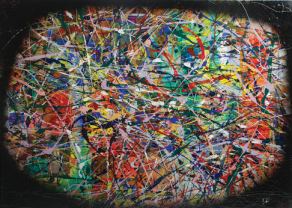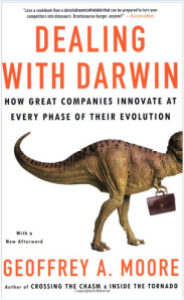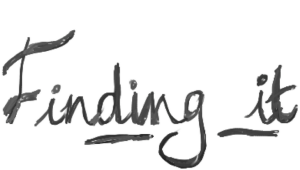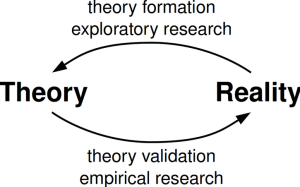Recently I have enjoyed reading Peter J Denning’s thoughts around innovation. He is Distinguished Professor of Computer Science and Director of the Cebrowski Institure for information innovation at the Naval Postgraduate School in Monterey, California.
He discusses adoption, team practices, ubiquity, networks, language actions, the practice of innovation and other related topics. All are stimulating and worth finding the time to read but one caught my eye and
I’ve gone back to it at least four, maybe five times. It intrigues me. It is entitled “The idea idea” written in early 2011 and asks the question “What if practices rather than ideas are the main source of innovation?”
I think we all agree “ideas pervade our professional work” and as Professor Denning points out “we borrow them, we apply them, we solve problems with them, we create new ones, and we try to foster more of them in our teams”.
We do put a disproportionately greater emphasis on ideas yet as he points out, all these great ideas and the energy applied to them we still end up with really poor adoption rates, he suggests our success rate in business are around 4%.
All of this ‘idea’ energy seems to be wasting so much time, resources and money. He puts this so well “we are idea rich, selection baffled and adoption poor”
The whole thrust of the article is perhaps that innovation is not ideas generated and I agree so much on this, but practices adopted. We need to spend more efforts on the skills and adoption of new practices and as he suggests “as the framework for new practices” Continue reading “Making innovation practice spread”




